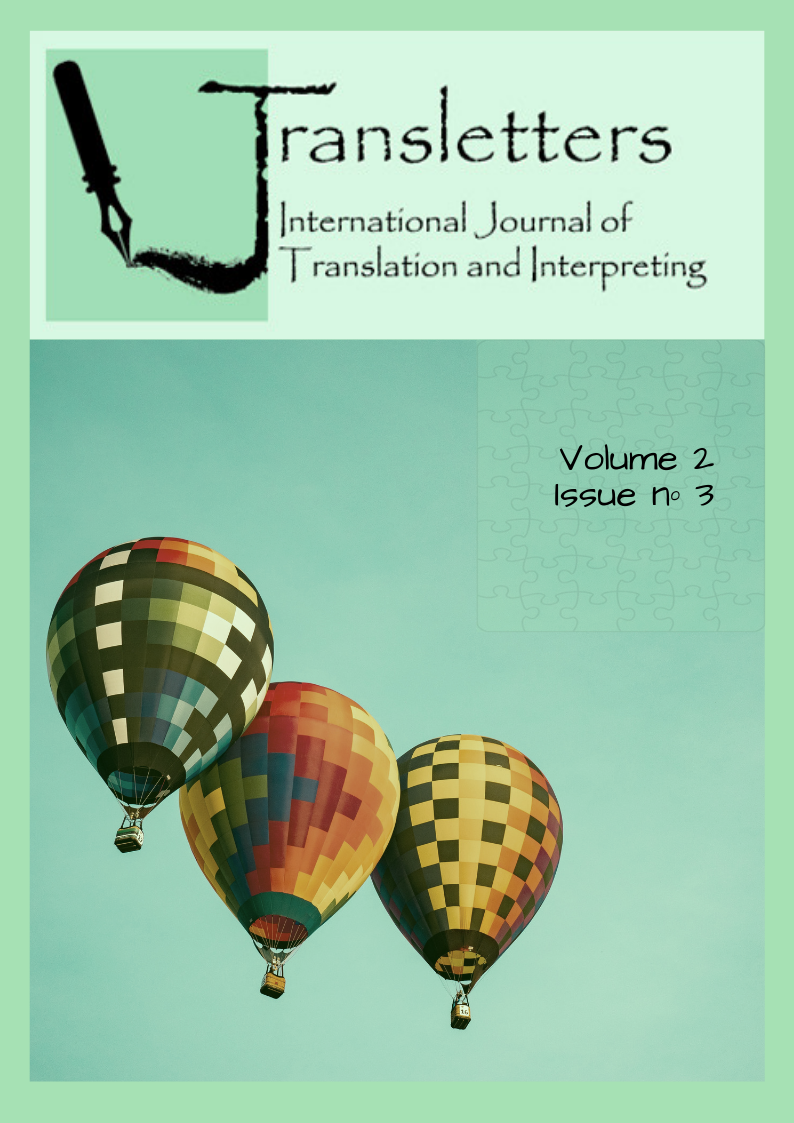Analysis of the presence of Spanish cultural aspects in American culinary language
Main Article Content
Abstract
In the sphere of gastronomy, there is a marked convergence of languages, especially with regard to the cuisine of a specific region, since it is here where cultural aspects most often emerge. In this paper, we analyse the strength of Spanish and its inclusion in English through an analysis of the presence of cultural aspects of the Spanish language in the American television series Spain... on the road again; a series in which agrifood and audiovisual translation overlap. Based on the classification of cultural terms proposed by Newmark (2004), we focus on the categories of ecology and material culture and, more specifically, gastronomy. In addition, we add a new category that covers popular culture; a category in which terms related to proverbs, idioms and colloquial expressions are included. In order to identify the way in which Spanish cultural terms are adopted in English-speaking culture and with the aim of demonstrating the difficulties that translators face when translating the cultural terms of a region, we create terminological records and analyse the techniques by which these terms are transferred from the Spanish to the English language. Taking into account the results obtained, we conclude that there is no total equivalence for most of the Spanish cultural terms, thus making it necessary to resort to translation techniques such as borrowings or the description of the terms.
Downloads
Article Details
Suggested policy for journals that offer open access
Authors who publish with this journal agree to the following terms:
1. Authors retain copyright and grant the journal the right of first publication with the work simultaneously licensed under a Creative Commons Attribution License, which allows others to share the work with an acknowledgement of authorship of the work and initial publication in this journal.
2. Authors may enter into additional contractual arrangements for non-exclusive distribution of the published version of the paper in the journal (e.g., submission to an institutional repository), with an acknowledgement of its initial publication in this journal.
3. Authors are allowed and encouraged to publish their work prior to the final version published in this journal once accepted (e.g., in institutional repositories or on their website), as it can lead to productive exchanges, as well as earlier and higher citation of the published work (see The Open Access Effect).

